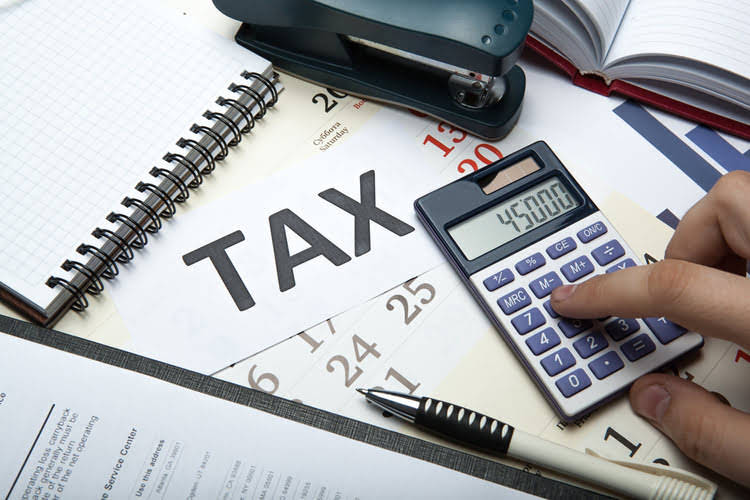
This straightforward relationship between assets, liabilities, and equity is the foundation of the double-entry accounting system. Once the total assets and total liabilities have been identified and quantified, the final step is to subtract the total liabilities from the total assets. This calculation provides stakeholders with an understanding of the value that shareholders hold in the company. By comparing total https://www.bookstime.com/ equity to total assets belonging to a company, the shareholders equity ratio is thus a measure of the proportion of a company’s asset base financed via equity. The fundamental accounting equation states that the total assets belonging to a company must always be equal to the sum of its total liabilities and shareholders’ equity.
- A house with high equity means you’ve paid down a lot of your mortgage and own more of your home.
- The ratio doesn’t give investors the complete picture on its own, however.
- It has some important information about the financial health of your business.
- Current liabilities are debts that are due for repayment within one year, such as accounts payable and tax obligations.
- Borrowing that seemed prudent at first can prove unprofitable later as a result.
Price to Gross Profit
- Additionally, negative equity can erode shareholder value and increase the risk of bankruptcy or insolvency.
- Though both methods yield the exact figure, the use of total assets and total liabilities is more illustrative of a company’s financial health.
- Common equity represents the shareholders’ stake in a company, reflecting their residual interest after all liabilities are settled.
- First, you need to gather all financial data from the balance sheet.
- It may make it difficult for the company to secure financing, attract investors, or develop new business opportunities.
It’s calculated at least annually for financial reporting but can also be tracked quarterly or monthly for internal analysis. Maintaining consistent financial recordkeeping is vital for accurate financial reporting and informed decision-making. You need to verify your financial records are up-to-date and meticulously maintained to support equity analysis, align with your investment strategy, and guarantee financial transparency.

Debt Overhang Risk
Total enterprise value (TEV) is a way of assessing a company’s value, primarily when comparing firms with different capital structures. It includes a company’s equity value and the market value of its debt, minus cash and cash equivalents. James Woodruff has how do you calculate total equity been a management consultant to more than 1,000 small businesses. As a senior management consultant and owner, he used his technical expertise to conduct an analysis of a company’s operational, financial and business management issues.
Shareholders Equity Calculation Example
A company’s equity is used in fundamental analysis to determine its net worth. The equity value of a company is not the same as its book value. The shareholders equity ratio measures the proportion of a company’s total equity to its total assets on its balance sheet. In accounting terms, total equity, often referred to as shareholder’s equity, represents the value left for the owners after all liabilities are paid off. It is the foundational concept for determining the financial worth of a business.

These earnings fund growth initiatives like research and development or acquisitions without requiring external capital. Retained earnings are calculated by adding net income to the previous period’s retained earnings and subtracting dividends paid. This component reflects a company’s profitability and its ability to sustain operations over time.
Real-World Example of the Accounting Equation
Total liabilities consist of current and long-term liabilities. Current liabilities are debts typically due for repayment within one year (e.g. accounts payable and taxes payable). Long-term liabilities are obligations that are due for repayment in periods longer than one year (e.g., bonds payable, leases, and pension obligations).

Explore More Investment Opportunities
Very few lenders will let you borrow against the full amount of your home equity. They generally allow you to borrow a maximum of 80% to 90% of available equity, depending on your lender, credit, and income. So, if you have $100,000 in home equity, as in the example above, you could get a home equity line of credit (HELOC) of $80,000 to $90,000. Race, national origin, and other non-financial considerations should never play a role in determining how much home equity you can borrow. Still, as a general rule of thumb, most companies aim for an equity ratio of around 50%. It’s very important to consider the industry in which the company operates when using the D/E ratio.

For a homeowner, equity is the value of the home less any outstanding mortgage debt or liens. Equity is an important concept in finance that has different specific meanings depending on the context. For investors, the most common type of equity is “shareholders’ equity,” which is calculated by subtracting total liabilities from total assets. Understanding your total equity is essential for both personal finance management and business accounting. It reflects the value that would be returned to shareholders if all the assets were liquidated and all the company’s debts were paid off. Common equity is a cornerstone of company valuation, serving as an indicator of financial health and growth potential.
Common stock is the basic unit of ownership in a corporation, granting shareholders voting rights to influence corporate decisions like electing the board of directors. The balance sheet value of common stock is calculated by multiplying the par value by the number of shares issued. Remote Bookkeeping While par value is often nominal, it establishes the minimum price at which shares may be issued. The market value of common stock fluctuates based on investor perceptions and market conditions. Common stock appears in the shareholders’ equity section of the balance sheet, adhering to accounting standards like GAAP or IFRS. In conclusion, understanding the balance sheet and the concept of equity is vital for evaluating a company’s financial health and value.

